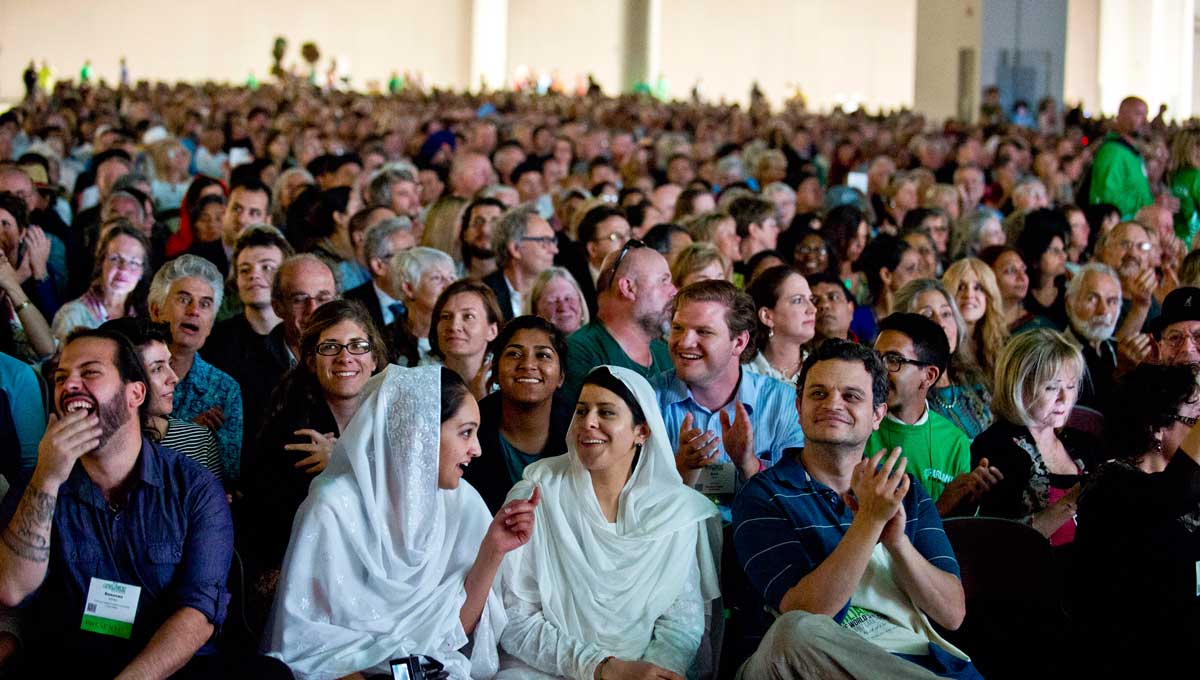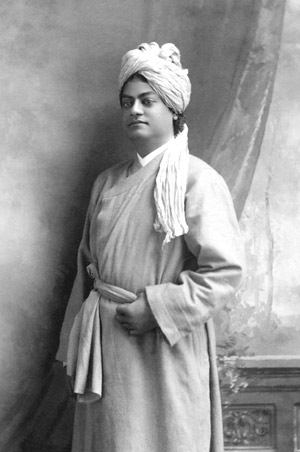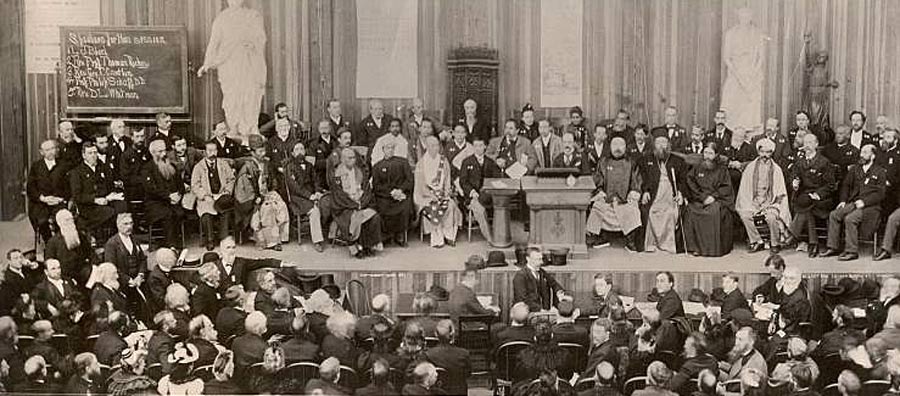
Parliment of World Religions 2015
In mid-October I spent six days at the Parliament of the World’s Religions in Salt Lake City, Utah. It was my second parliament, the first being 2004 in
Barcelona, and the differences were significant.
For one thing, there were more people, nearly 10,000 as opposed to about 8,000 in Spain. It is hard to know if the growth reflects greater worldwide
interest in interfaith activities or merely the ease and convenience of the location for Americans. While participants hailed from some 80 countries, this
gathering was far more America centric than Barcelona and, I’m told, Cape Town (1999) and Melbourne (2009). That said, it was incredibly diverse, with a
gorgeous bouquet of complexions, clothing and headgear. By official estimate, 50 religions were represented, and, based on my own observations, so were
independents, eclectics, ‘nones’, ‘spiritual but not religious’ and others who defy categorization. This, in itself, is an interesting development; to the
credit of Parliament officials, among the 900 or so workshops, lectures, practice sessions and other presentations - an overwhelming number, with 20 or 30
sometimes running at the same time - were many that reflected the growth of non-traditional spirituality. Fittingly, indigenous traditions were
spotlighted, and one plenary session was devoted entirely to that long-neglected segment of world spirituality.
Sutra readers will, I think, be pleased to know that the Dharmic traditions were more visible and more prominent than they were in 2004 - or so it seemed
to me. In the entrance hall to the Salt Palace Convention Center, which virtually everyone passed through at least twice a day, were a small Jain temple
and a trio of Tibetan Buddhist monks fastidiously creating a sand mandala, which was, in accord with custom, dissolved before an appreciative crowd when
the Parliament closed. And, as in previous Parliaments, the Sikhs blew thousands of minds by providing a tasty vegetarian lunch every day, for free, to any and all. For these langars they commandeered a huge meeting hall, where a well-organized cadre of smiling volunteers
walked up and down aisles with heavy pots and serving trays, spooning rice, dhal, paneer, and other dishes to row upon row of happy eaters of all
nationalities and religions, with everyone except the physically unable sitting on the floor with their heads respectfully covered and their shoes parked
at the door in numbered racks.
Judging from the ovation the Sikhs received when thanked at the closing plenary, the way to a pluralistic crowd’s heart is through its stomach.
The Hindu presence was felt mainly in presentations. My informal and unscientific observation is that there were more Hindu-oriented sessions than in
previous Parliaments. Not nearly enough for my taste, but an improvement over the past, and, given the state of current events, it was understandable that
Islam would receive a great deal of attention (anyone who thinks Muslims don’t speak out against extremists and terrorists, should get transcripts of the
speeches). There were talks on Hindu philosophy and practice sessions featuring meditation, asana, pranayama and kirtan.
There were also Hindu and Hindu-inspired speakers on mixed panels that could be considered implicitly dharmic by virtue of their themes or the backgrounds of
the speakers. The panel I organized was a good example. Titled “Seeking Unity Within Diversity: Are we Really One?” it focused on transcendent
spiritual experience as the truest and deepest source of unity, and unbeknownst to the audience, every one of the five panelists had a deep involvement in
yogic practices and Hindu philosophy – not just Rita Sherma, professor of Dharma Studies at Graduate Theological Union, but also Dana Sawyer, a professor
religion at Maine College of Art (and biographer of both Aldous Huxley and Huston Smith); Mirabai Starr, an expert on the Christian mystics; Sufi teacher
Ayshegul Erdal; and me.

Vivekanada
The orange-robed swamis of the Ramakrishna-Vivekananda lineage (Vedanta Society in the U.S., Ramakrishna Math and Mission in India) were highly visible,
and brought a Vedantic perspective to several sessions. One was dedicated to the legacy of Swami Vivekananda, who is, of course, revered in Parliament
circles because of his triumphant appearance at the very first of these gatherings, in Chicago in 1893—easily the event’s most memorable and historically
significant feature.
Some of the plenaries and other sessions that attracted big crowds included Hindu speakers, most notably agricultural and environmental activist Vandana
Shiva (Monsanto’s biggest enemy in India) and Pujya Swami Chidanand Saraswati, the President of Parmarth Niketan Ashram in Rishikesh, who (along with his
American disciple, Sadhvi Bhagawati Saraswati) served as an effective link between dharmic spirituality and social activism. I should add that the
indomitable Vandana Shiva was one of many powerhouse women at the conference, which placed female spiritual leadership in a long-overdue spotlight. I’m
sure most in attendance would agree that her combination of passion, science, erudition and inspirational energy was a highlight of the conference.
This progress is a reflection of the evolving interfaith movement.
Once upon a time, interfaith gatherings resembled the setup of a joke: A priest, a minister and a rabbi walk into a room … That changed, at least in big
American cities, as society became increasingly diverse and right-minded people sought to represent the true religious and spiritual landscape.
Perhaps more important than representation, however, has been the unmistakable growth of respect for and understanding of the Dharmic traditions. To be
sure, there are many miles to go in this regard; there is a great deal of antipathy and obliviousness still to overcome. But ignorance does, over time,
yield before accurate information and close encounters of the personal kind. I have seen this shift accelerate over the years, and I documented aspects of
it in American Veda. The change between the Parliaments of 2004 and 2015 seemed palpable to me, and while those in attendance were preselected for
open-mindedness and religious liberalism, it marks, I believe, a larger trend.
Interfaith events often bring out my inner cynic, and the Parliament was no exception. Too many sessions were on banal or overdone topics. Too many
interfaith clichés about respect and tolerance were voiced as if the messages were new. Too many standing ovations were given to what amount to
peace-and-love platitudes (If only we all followed the Golden Rule. We need to be more compassionate). Too many inspired calls for social justice, women’s
rights, an end to extremism and climate change will be forgotten by Thanksgiving. Too much horizontal religion and not enough vertical, experience-centered
spirituality. Too much emphasis on the standard Western categories of religion and the usual silos of belief. In truth, I wish interfaith would hurry up
and evolve into transfaith.
But, while those cynical thoughts came up - justifiably, I think - I felt far less frustration than I have at similar events. The significant advancement
in those areas of concern is a reason for optimism. In addition, the commitment of Parliament officials to issues like women’s equality, social justice and
the climate crisis was commendable and the support of the 10,000 was full-throated. Maybe, just maybe, some Fox News watchers will take home the message
about climate change and convince their church brethren that action is needed. Small shifts of awareness, little changes of behavior, reconsidered
attitudes - maybe that’s how things change. And the extent to which hearts and minds were opened on matters of religion should not be underestimated.
Thanks largely to the informal and unpredictable interactions among thousands of friendly people, individuals who had never met a Muslim, or a Sikh, or a
Wiccan, or whatever, will go back to their homogeneous communities and tell their friends how nice those people were, and maybe, just maybe, they had the
wrong idea about them.

1893 Parliment of World Religions
These small openings are not to be pooh poohed. In 1893, Vivekananda concluded his famous opening speech with this:
“Sectarianism, bigotry, and its horrible descendant, fanaticism, have long possessed this beautiful earth. They have filled the earth with violence,
drenched it often and often with human blood, destroyed civilizations and sent whole nations to despair. Had it not been for these horrible demons,
human society would be far more advanced than it is now. But their time is come; and I fervently hope that the bell that tolled this morning in honor
of this convention may be the death-knell of all fanaticism, of all persecutions with the sword or with the pen, and of all uncharitable feelings
between persons wending their way to the same goal.”
Needless to say, the message is as relevant today as it was twelve decades ago. Which is exactly why the Parliament was revived, and why, for all its
shortcomings, it represents a glimmer of sunlight.